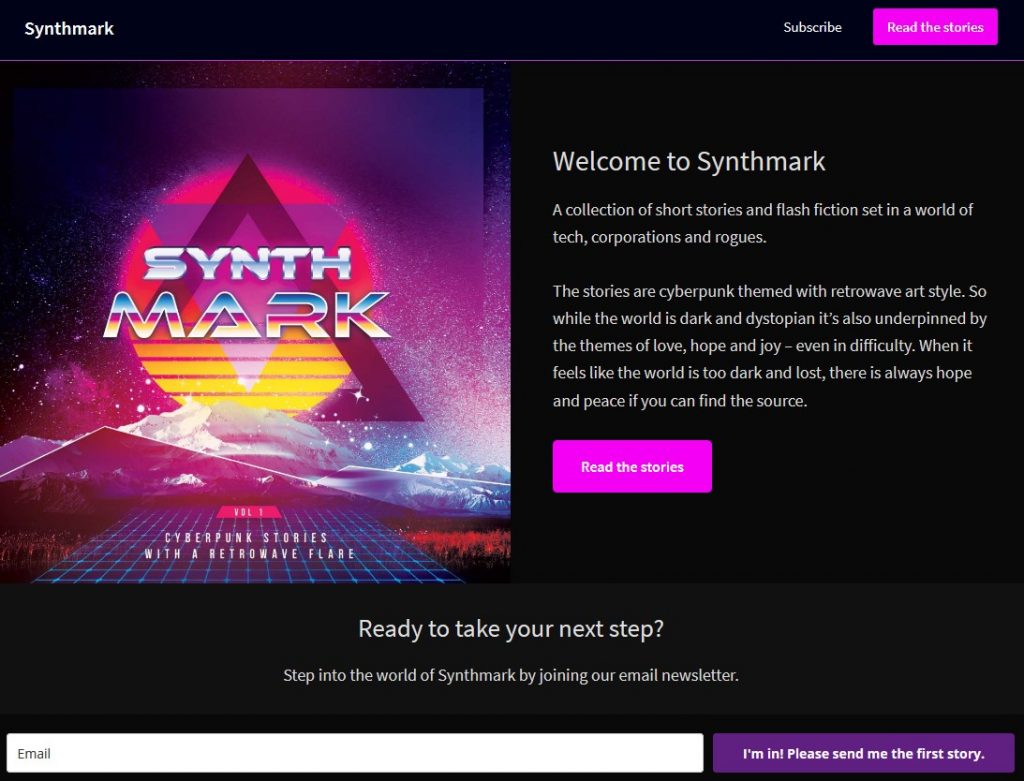“A portal is generally an optimistic thing, both literally and metaphorically… The word encapsulates the idea of passing through, to a new opportunity, to making progress or moving forward, to entering fresh new worlds.”
Philippa Lewis; Portals: Gates, Stiles, Windows, Bridges and Other crossings; P1
Let’s talk about portals in worldbuilding.
Not in the context of a ‘portal fantasy’. Where your main character travels from our world, through a portal, into another world. Though that maybe what happens in your story.
But let’s talk about them in the context your fans traveling through a portal into your world. In other words, you’ve spent time building an imaginary world, so now you need a way for people to experience that world.
I call this a portal.
The most common portals are novels, films/TV and video games. But you might also use a TTRPG, concept art, short stories, theatre, maps etc. The list can go on.
The Worldbuilding School focuses on 3 types of portals:
- maps
- short stories
- visual art
It focuses on these 3 because they are most accessible to me as a creator and are 3 things I enjoy making. It doesn’t mean they are superior to any of the others. And I welcome articles or input from people who use other types – so come and write for us.
I’m using short stories and visual art to create portals into the Cyberpunk world I’m creating. So I’ll talk a little more about that below.
I’m also interested in the idea of portals because I also see them as a form of marketing. Each portal builds on the last, and hopefully builds momentum. If you’re an indie author then you may be familiar with this idea where your first book might not sell much, but then the launch of your second book also increases sales for the first book.
Novels vs short stories: Building portals for authors
For many writers a novel will be the portal into your world. Novels are fantastic and many of the best imaginary worlds started as novels (I’m not going to mention any as I’m sure you have your own favourite novel with a deep and rich world) so, if you’re working on a novel then go for it!
However, I’ve chosen not to work on one.
For me, a novel feels like a world away. 80-90 thousand words. That’ll take quite a bit of time and energy, and I want to improve my ability to tell a story quicker. Short stories give you that tight space to tell a complete story.
Here’s what T. R. Napper (Author of the short story collection Neon Leviathan) said in an interview with Campfirewriting.com
“So I stopped the novel and started writing short stories. I started building pieces of a future tech-noir world. The purpose of each short story wasn’t the worldbuilding—that would make for dull reading—but in the background of each that was precisely what I was doing. This helped me accrete layer upon layer of detail, and give my stories the sense of being lived in (I hope). And also (I hope) making it seamless for the reader. No jarring info-dumps explaining the setting, rather, ways of expressing and describing efficiently.”
Maybe you might write a few short stories for your world?
The portal into my imaginary world – Synthmark.io
The best way to show you what I mean by a portal is to show you what I’m doing with my world.
So let me introduce you to Synthmark.
“Synthmark is a collection of short stories and flash fiction set in a world of tech, corporations and rogues.
The short stories are cyberpunk themed with a retrowave art style. So while the world is dark and dystopian it’s also underpinned by the themes of love, hope and joy – even in difficulty. When it feels like the world is too dark and lost, there is always hope and peace if you can find the source.
If you’re a fan of the 80s, cyberpunk or science fiction then this will be for you.”
Synthmark.io, Nate Smith (Vancano)
I’ve created a homebase for Synthmark which is a website. Everyone should have a homebase, which is a platform that you control.

And an email list, for people interested in learning more about the world and receiving short stories when they get published.
Then I’m writing short stories as well as creating cover art for each story.
Alongside publishing on the Synthmark website and the email list I’ve also been able to share the artwork to various art portfolio websites and social media platforms.
You’ll see more of Synthmark on the Worldbuilding School as I’ll be using it as a case study.
So, what portals have you created to draw people into your world?
Feel free to share a snippet of your world in the comments below, or a link if you have something cool to show about your world.
